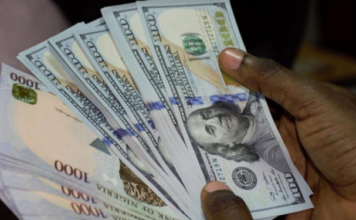The naira has stayed around N1500 per dollar in the parallel market, while the U.S. dollar index rose above 105 points.
Despite efforts by the Central Bank of Nigeria (CBN), high inflation in Nigeria has limited the naira’s strength. Since last year, the naira has lost over two-thirds of its value. According to the National Bureau of Statistics (NBS), Nigeria’s core inflation (excluding energy and agricultural products) increased to 27% from 26.8% in May, and food inflation rose from 40.3% in April to 40.66% in May.
Inflation is expected to continue due to food supply issues, high demand during the Eid-Mubarak period, and a forthcoming minimum wage increase. The naira’s drop has made food imports more expensive, and Nigerian importers face high tariffs despite the country’s reliance on imports. The depreciation of the naira has also raised the cost of some commodities due to higher levies.
Despite these challenges, market fundamentals suggest the naira may not hit its lowest point this month, partly because of the CBN’s new measures. The CBN created a special account with $2.9 billion to stabilize the foreign exchange market. This action followed observations by the FAAC Post Mortem Sub-Committee that funds from royalties and Production Sharing Contract (PSC) taxes were moved to the Gazelle Funding account, according to the Nigerian National Petroleum Company Limited (NNPCL).
Additionally, the African Export-Import Bank (Afreximbank) announced the transfer of $925 million for Nigeria’s oil-backed prepayment facility into the Project Gazelle Funding account on June 6. This project was initially funded by NNPCL.
A $2.25 billion World Bank loan will also help stabilize the economy and support the poor and vulnerable, increasing dollar availability and strengthening the naira.
The euro remained stable after a political drop last week. Traders are watching U.S. retail sales reports and Federal Reserve comments to predict interest rate changes. The U.S. dollar index, which measures the dollar against six major currencies, recently rose to 105.46, up 0.18%. On Monday, it dropped 0.2% from a six-week high of 105.4 set on Friday. The dollar hit levels around 105.8, last seen in early May.
Political instability in Europe and expectations of continued tight policies from the Federal Reserve have helped the dollar index rise for the second week in a row.
